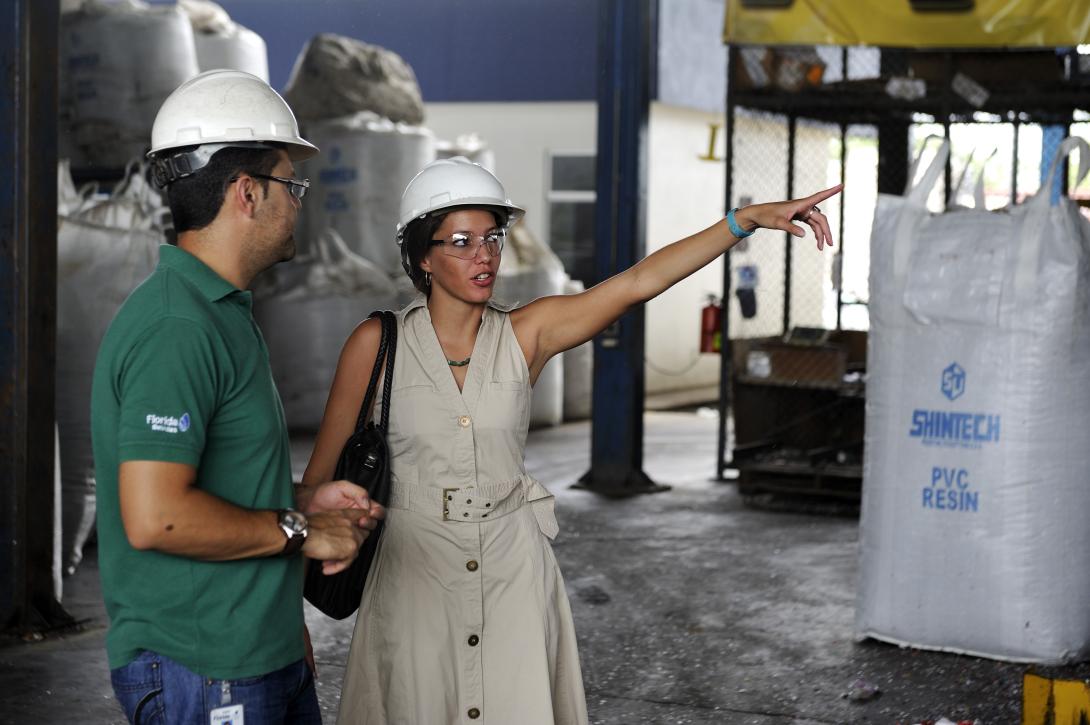Good Housekeeping Manual

© GIZ, Good Housekeeping
The objective of this Manual is to enable micro, small and medium-sized enterprises (SME), and eventually also big companies, to identify strengths and optimisation potentials, its actual effects and causes, as well as inexpensive, easy-to-identify, common sense measures. These ‘Good House-keeping’ type measures can be easily implemented to reduce production costs, enhance the company’s overall productivity and organisational efficiency – by following the steps of the PREMA®-"Cycle of Change" of organisational development – and mitigate environmental impact and risk issues.
Main features and components
Good Housekeeping (GHK®) practices relate to a number of measures such as:
- Rationalising the use of raw materials, water, and energy inputs, reducing the loss of valuable material inputs and therefore reducing operational costs
- Reducing the volume and/or toxicity of waste, waste water, and emissions related to production
- Reusing and/or recycling the maximum of primary inputs and packaging materials
- Improving working conditions and occupational safety in a company
- Making organisational improvements
Implementation and work steps
- Initial walk-through of a company and analysis of the Checklist in order to answer questions such as: ‘Where is there room for improvement?’ or ‘Why do these problems exist?’
- Develop an action plan based on the results of the first step
- Calculate costs and savings
- Undertake employee training
- Analyse inputs and (non-product) outputs of the production process
Lessons learnt
A small carpentry was able to dramatically reduce wood waste generated during cutting and processing steps by reprocessing cut remainders into slats and boards during less busy working hours. This process yielded high quality products at a significantly lower cost than virgin timber and eased storage space and waste disposal issues for the company.
The monthly energy bill for a small garage employing two people had come to represent a major cost for the operation. By making better use of natural light and reflection, it was possible to reduce the use of artificial lighting by 75%, dramatically lowering electricity costs.
Requirements
- Common sense and willingness to take action
- No need for major investments in cleaner technologies
- Problem awareness
- Information gathering and dissemination
- Organisational culture
Output
- Attractive payback period due to the low cost and the relatively easy and fast implementation of these practices
- Reduced environmental impact created by the company and an improvement of its image
- The aspects required for the implementation of these procedures can lead to organisational benefits that help a company to improve its performance in the longer run.
Pilot Programme for the Promotion of Environmental Management in the Private Sector of Developing Countries (P3U) (GTZ) and PREMAnet e.V.
Useful links
Downloads
Characteristics
Phase of intervention
Operating SIA, Management
Level of intervention
Company
Regions
Europe
Countries
Germany
Target groups
Company, SME, Industrial area management and operator